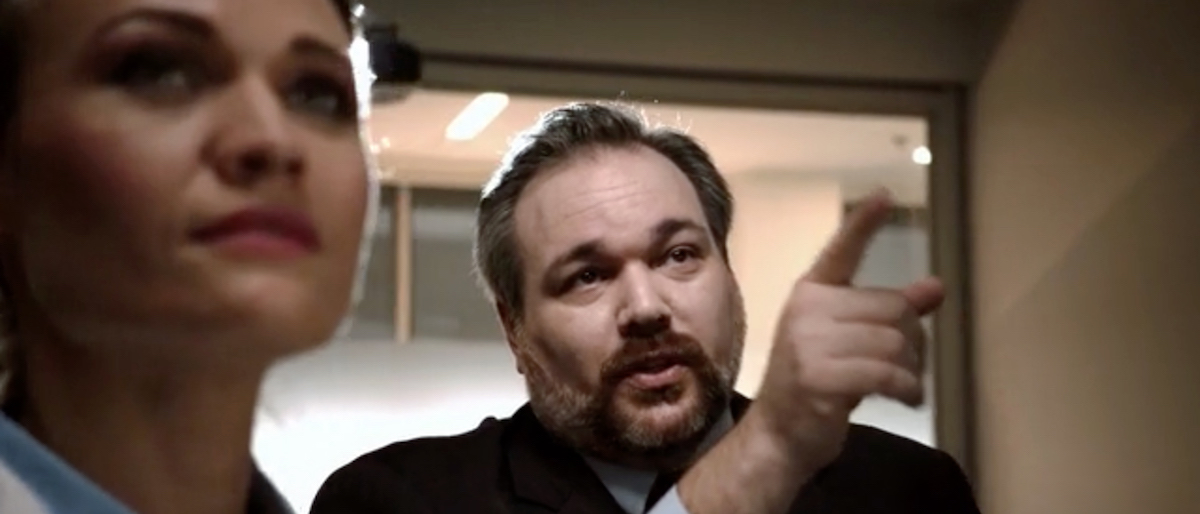Scientists unravel DNA code behind rare neurologic disease

Scientists conducting one of the largest full DNA analyses of a rare disease have identified a gene mutation associated with a perplexing brain condition that blinds and paralyzes patients.
A UT Southwestern study that used genetic data from more than 1,200 participants may help scientists improve treatments of neuromyelitis optica (NMO). More broadly, the research demonstrates the potential of utilizing large DNA banks to better understand and treat other diseases that have not undergone full genetic sequencing.
“This outcome shows that doing in-depth research pays off, and more studies like this may be needed to find the problem behind other rare conditions,” said Dr. Benjamin Greenberg, an internationally recognized myelitis expert with UT Southwestern’s Peter O’Donnell Jr. Brain Institute.
NMO is a potentially fatal disease in which the immune system attacks cells in the optic nerve and spinal cord, leaving some patients blind and/or paralyzed. Patients can recover most of their function through medications and physical rehabilitation, though many are misdiagnosed with multiple sclerosis and face a higher risk of relapse and permanent damage due to lack of proper therapy.
The study published in Nature Communications shows that a variation in a complement component gene was associated with an increased risk of developing NMO. The gene produces a protein that binds to antibodies and can damage whatever the antibody is attached to, usually harmful bacteria. But in the case of NMO, the antibodies stick to parts of the nervous system.
The identification of the genetic variation, combined with clinical trial data, may help scientists determine in advance which patients won’t benefit from standard treatment.
“Some patients go into remission and others don’t, yet we haven’t known why,” Dr. Greenberg said. “What we can do now is look at the DNA and determine if that has anything to do with why drugs are not working.”
The O’Donnell Brain Institute is one of only a few sites in the U.S. that specializes in treating NMO. It is also one of two centers in the country focused on transverse myelitis, including the acute flaccid myelitis that attracted national headlines in recent years after at least 200 children became paralyzed. Dr. Greenberg has led long-term efforts to collect biologic samples from myelitis patients in hopes of eventually developing treatments that better target these diseases.
NMO is among several thousand rare diseases that cumulatively affect 30 million Americans yet individually don’t involve large enough populations to attract widespread research efforts. As little as 0.3 percent of every 100,000 Americans have NMO – one of the most uncommon autoimmune diseases involving the brain and spinal cord.
Dr. Greenberg leads a network of myelitis programs, including the Transverse Myelitis and Neuromyelitis Optica Program at UT Southwestern and the Pediatric CONQUER Program at Children’s Medical Center Dallas. He is an Associate Professor of Neurology & Neurotherapeutics and Pediatrics and a Distinguished Teaching Professor.

